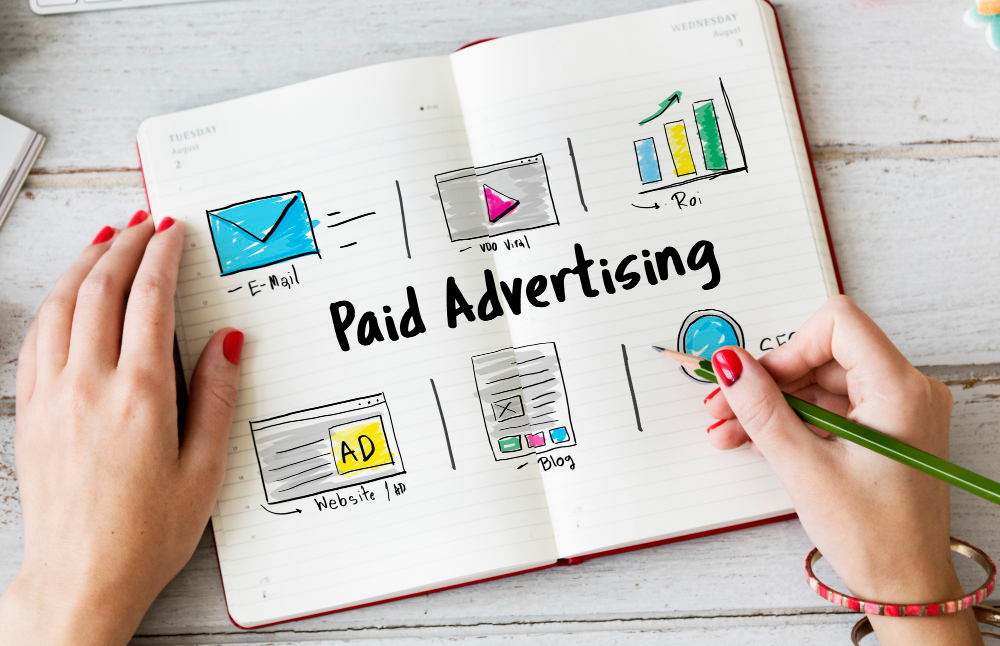When you’re looking to scale your B2B pipeline, you’re faced with a common but critical question: Should we invest in PPC or hire more SDRs? It’s not a simple either-or decision. Both PPC (pay-per-click advertising) and SDRs (Sales Development Representatives) bring value to your revenue engine—but they function differently, and each has strengths depending on your goals, budget, timeline, and team structure.
Let’s break down the comparison—and then show how both can work together to accelerate growth.
The Case for PPC: Fast, Scalable, Data-Driven
Advantages:
- Speed: You can launch campaigns and get leads within hours.
- Scalability: With budget and optimization, you can quickly double (or halve) your reach.
- Intent-Driven: Paid search and paid social often reach buyers already looking for solutions.
- Attribution-Friendly: Easier to track clicks, conversions, and ROAS across the funnel.
Use PPC when:
- You want to test messaging, audiences, or offers quickly.
- You need MQLs or demo requests at scale.
- Your ICP is actively searching on Google or consuming thought leadership on LinkedIn or YouTube.
- Your sales cycle is relatively short or your product is self-serve or PLG (Product-Led Growth).
Common PPC Mistake to Avoid: Sending traffic to a homepage or long-form contact form. Instead, use dedicated landing pages, sharp value propositions, and compelling CTAs like “See It in Action” or “Book a Free Audit.”
The Case for SDRs: Personalized, Strategic, Relationship-Building
Advantages:
- Targeted Outreach: SDRs can go after your dream 100 accounts, one by one.
- Multi-Touch Personalization: Great for high-ticket offers or ABM (Account-Based Marketing).
- Outbound Control: You’re not waiting for someone to search or click—you initiate the first touch.
- Conversation-Driven: Allows for richer discovery and qualification before sales gets involved.
Use SDRs when:
- You sell to mid-market or enterprise clients with long buying committees.
- Your deals are complex and require nurturing and trust.
- You’re doing outbound ABM campaigns or targeting new verticals.
- You need human follow-up after inbound events, webinars, or ad engagement.
Common SDR Mistake to Avoid: Treating outbound like mass email blasts. Invest in training, tooling (like Apollo, Outreach, or HubSpot), and research to make every outreach feel relevant and 1:1.
So, Where Should You Spend?
Here’s a quick side-by-side:
| PPC | SDR | |
|---|---|---|
| Speed | Immediate | Slower ramp-up |
| Scalability | High (budget-driven) | Moderate (headcount-limited) |
| Control | Algorithm + audience | Manual outreach |
| Cost per Lead | Can vary widely | Typically higher but deeper |
| Lead Quality | Depends on funnel & targeting | Higher if well-researched |
| Best For | Volume, short sales cycles | Enterprise deals, ABM |
The Real Answer: Combine PPC + SDR for Maximum Impact
Why not both?
- Use PPC to Warm the Market: Run thought leadership videos, lead magnets, or demo ads on LinkedIn/Meta to educate your audience.
- Retarget for Depth: Follow up with retargeting ads based on page views or engagement to nurture and guide to CTA.
- Enable SDRs with Ad Data: Let SDRs know who visited pricing pages or downloaded whitepapers to personalize their outreach.
- Create “Air Cover” for SDRs: Run ads to the same accounts your SDRs are targeting to build familiarity before cold outreach.
This layered approach makes your brand more visible, your SDRs more effective, and your cost per qualified opportunity more efficient.
Final Thought
You don’t have to choose PPC or SDR. Think of it like a modern sales engine—PPC fuels the top, SDRs work the middle, and together they drive deals forward.
If you’re scaling and want sustainable growth, align your paid strategy with outbound motion—and watch your pipeline soar.


